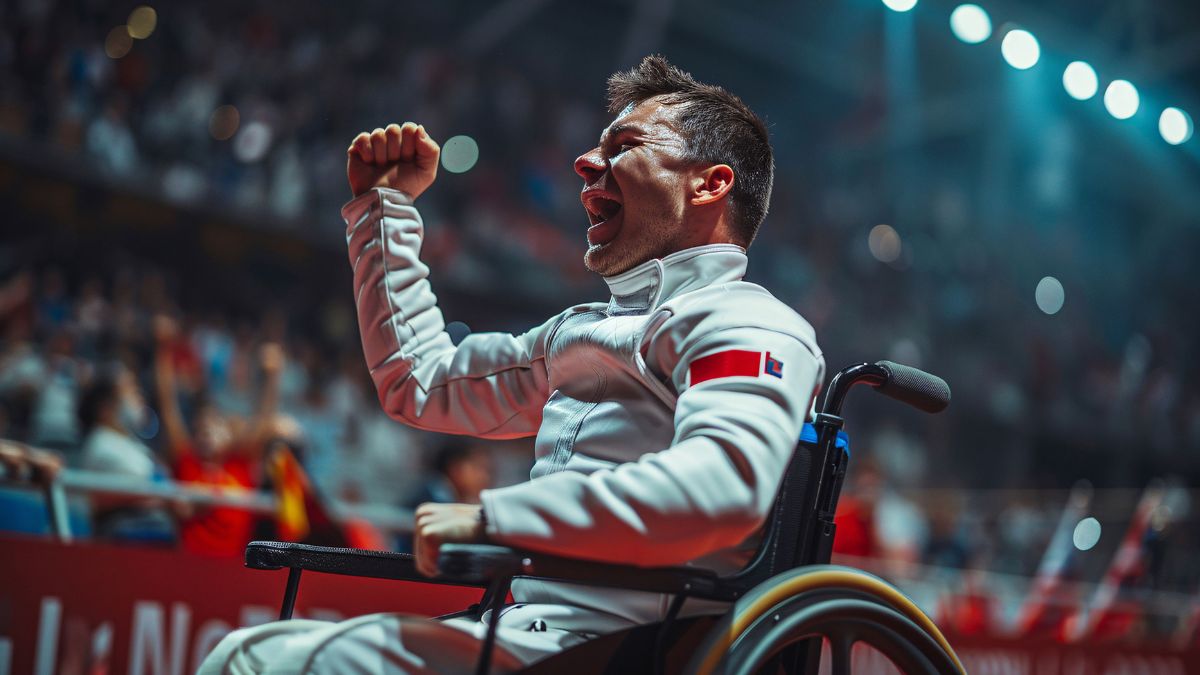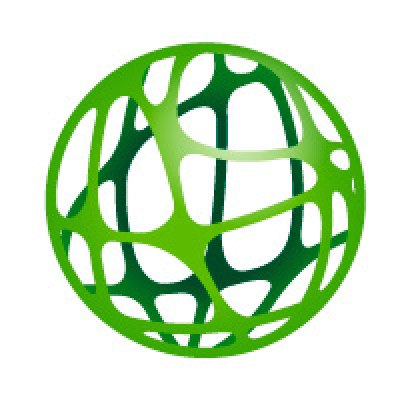The existing legal framework provides a solid foundation for the promotion of adapted sport, but it is essential that governments, sport organizations and civil society work together to overcome the remaining obstacles.
Full article
The legal approach to adapted sport and sport for persons with disabilities: a path to inclusion and equity
Adapted sport and sport for people with disabilities has become increasingly relevant in recent years, not only as a tool for social inclusion and improvement of quality of life, but also as an area that requires a robust legal structure to guarantee the rights and opportunities of athletes with disabilities. This article explores the legal framework underpinning adapted sport and the challenges that remain in the quest for full equity.
International Legal Framework
Convention on the Rights of Persons with Disabilities (CRPD)
The cornerstone of the international legal framework for persons with disabilities is the Convention on the Rights of Persons with Disabilities (CRPD), adopted by the United Nations General Assembly in 2006. This treaty establishes a series of rights that include participation in recreational, sporting and cultural activities. In particular, Article 30 of the CRPD obliges States Parties to take measures to ensure that persons with disabilities have access to sports facilities, can participate in sporting events and receive the necessary support to develop their athletic potential.
International Paralympic Committee (IPC)
The International Paralympic Committee (IPC) is a key organization in the field of adapted sport. Although it is not a legislative body, its influence is considerable in the formulation of policies and standards that promote inclusion and equity in sport for people with disabilities. The IPC works closely with governments, sport federations and human rights organizations to ensure that the rights of athletes with disabilities are respected and protected.
National Legislation
At the national level, many countries have developed specific laws to promote and regulate adapted sport. These laws vary in scope and effectiveness, but share a common goal: to ensure that people with disabilities have the same opportunities as other citizens to participate in sporting activities.
Spain: Law on Sport and the General Law on the Rights of Persons with Disabilities and their Social Inclusion.
In Spain, the Sports Law and the General Law on the Rights of Persons with Disabilities and their Social Inclusion are the main legislative instruments addressing adapted sport. These laws establish the obligation of public administrations to promote and facilitate access to sport for people with disabilities, as well as to adapt facilities and provide technical and economic support to athletes.

United States: Americans with Disabilities Act (ADA)
In the United States, the Americans with Disabilities Act (ADA) plays a crucial role in promoting adapted sports. The ADA prohibits discrimination against people with disabilities in all areas of public life, including sports programs. In addition, the ADA requires that sports facilities be accessible and that reasonable accommodations be made to allow participation by people with disabilities.
Challenges and Opportunities
Accessibility and accommodation of facilities
One of the most significant challenges in adapted sport is the accessibility of sport facilities. Although many laws require facilities to be accessible, the reality is that many do not meet the necessary standards. This not only limits the participation of athletes with disabilities, but also sends a message of exclusion.
Funding and support
Funding is another critical challenge. Many adapted sport programs rely on government funding or private donations, which can be unstable and insufficient. It is essential that governments and sport organizations establish sustainable funding mechanisms to support athletes with disabilities.
Awareness raising and education
Awareness and education are key to changing attitudes towards adapted sport. Training for coaches, administrators and the general public can help create a more inclusive and supportive environment. Awareness campaigns can also highlight the abilities and achievements of athletes with disabilities, challenging stereotypes and encouraging greater acceptance and support.
Adapted and disability sport is an area that requires ongoing legal attention and constant evolution to ensure that the principles of inclusion and equity are met. While significant progress has been made at the international and national levels, significant challenges remain in terms of accessibility, funding and awareness.
Conclusion
The existing legal framework provides a solid foundation for the promotion of adapted sport, but it is essential that governments, sport organizations and civil society work together to overcome the remaining obstacles. Only then can we ensure that all people, regardless of their abilities, have the opportunity to participate fully in sport and enjoy its many benefits.
Adapted sport and sport for people with disabilities is an area that requires ongoing legal attention and constant evolution to ensure that the principles of inclusion and equity are met. While significant progress has been made at the international and national levels, significant challenges remain in terms of accessibility, funding and awareness.
Comments
Related links
Main menu












